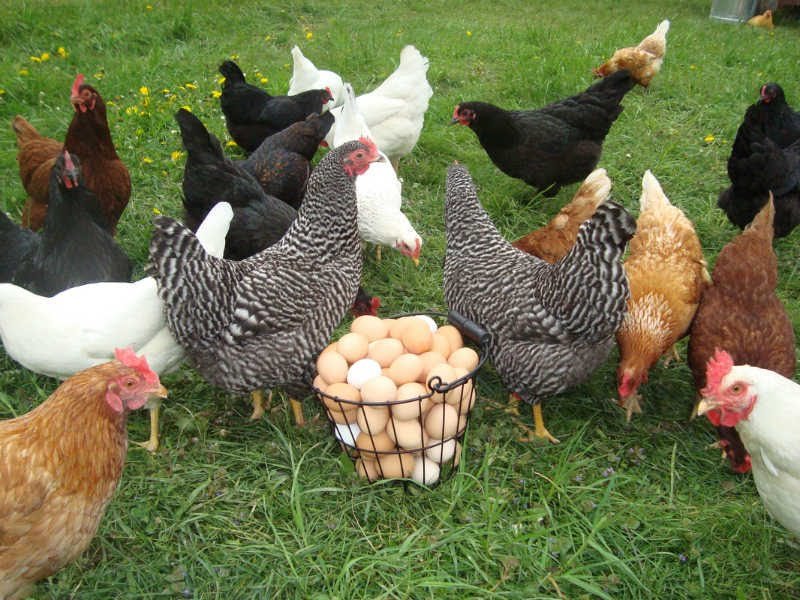Want to start lettuce farming? Follow the advice from young vegetable farmers, Freeman Kollie

Young vegetable farmer Freeman Kollie is reaping all the economic benefits that come with growing lettuce, an unpopular vegetable crop among Liberian farmers.

The young graduate from the William R. Tolbert Jr. College of Agriculture and Forestry of the University of Liberia (UL) is already making a fortune for himself from growing the exotic vegetable. Kollie has earned nothing less than LR$ 35,000 from lettuce harvest over the past three years.
But he cautions that there is more to lettuce farming than the cash. “It requires dedication and hard work,” says Kollie. “I am getting money now because I have put in the work.”
Seeds, nursery preparation and treatment, bed preparation, planting distance, fertilizer usage, thinning, and weeding, are important areas Kollie says will determine if one makes profits.
Purchasing seeds from a licensed agro-input dealer is the way to begin.
“Make it your business to buy from licensed agro-input dealers because they will give the viability rate of the seeds that you are buying. They are also answerable to any question regarding what you are buying from them. We have registered agro-input dealers all across the country. Reach one and ask about Eden and Minetto-hybrid seed,” says Kollie.

An elevated nursery bed from Kollie’s farm
Like other exotic vegetables, a nursery for lettuce needs keen attention to ensure good germination rate. Kollie prefers the elevated nursery over the bed nursery.
“Both the ground and elevated nurseries can be used at any time of the year in Liberia. But I will advise the elevated nursery to avoid creeping insects and pests especially during the night,” says Kollie.
He says insecticides-Plan D and fungicide-macondizane are materials to use against insects and fungus in lettuce farming.
“Pests do not damage lettuce because of the taste; it is bitter. Curvularia disease commonly known as brown spot-disease and bacterial wilt are the main destroyers of lettuce,” he says.
Also, thinning should be carried out to avoid heat stress and lower nutrient intake competition among plants.
According to Kollie, one should monitor lettuce on a nursery for two to three weeks before transplanting to beds in the field. A field bed, he says is measured 1meter in width and 20meters in length.
Kollie cautions that lettuce conventional planting distance should not be ignored. He says overcrowding of crop reduces yield and nutrient intake of the soil.
“One thing common in Liberia’s farming community is the ‘planting-by-heart’ method. You cannot get your desired yield if you overcrowd crop. Crops need space for maximum yield and nutrient intake purposes. Sowing should be 15×15 centimeters or 25×25 centimeters,” says Kollie.
The young farmer prefers regular weeding activities on lettuce beds.
“Weeds are unwanted plants. They compete with desired or wanted plants for nutrients in the soil. So getting rid of weeds, you must check your plots regularly. If you find unwanted plants among your lettuce, weed them out,” he says.

Furthermore, Kollie says harvest of lettuce depends on the attention you give your plot. “When your plot is managed well, it takes a month and a half to reach harvest. You can use the extra-large polythene bay that we called the ‘big blue plastic’ to harvest your lettuce,” says Kollie.
According to Kollie, the Liberia Vegetable Traders Association (LVTA), restaurants, hotels, and households are purchasers of lettuce.







Hi, I’m interested in farming but I need help from someone who’s already into farming. Here’s my number 0777266745
I like this web site its a master peace ! Glad I observed this on google .
Thanks for every other magnificent article. Where else may just anyone get that type of info in such an ideal means of writing? I’ve a presentation next week, and I’m at the search for such info.